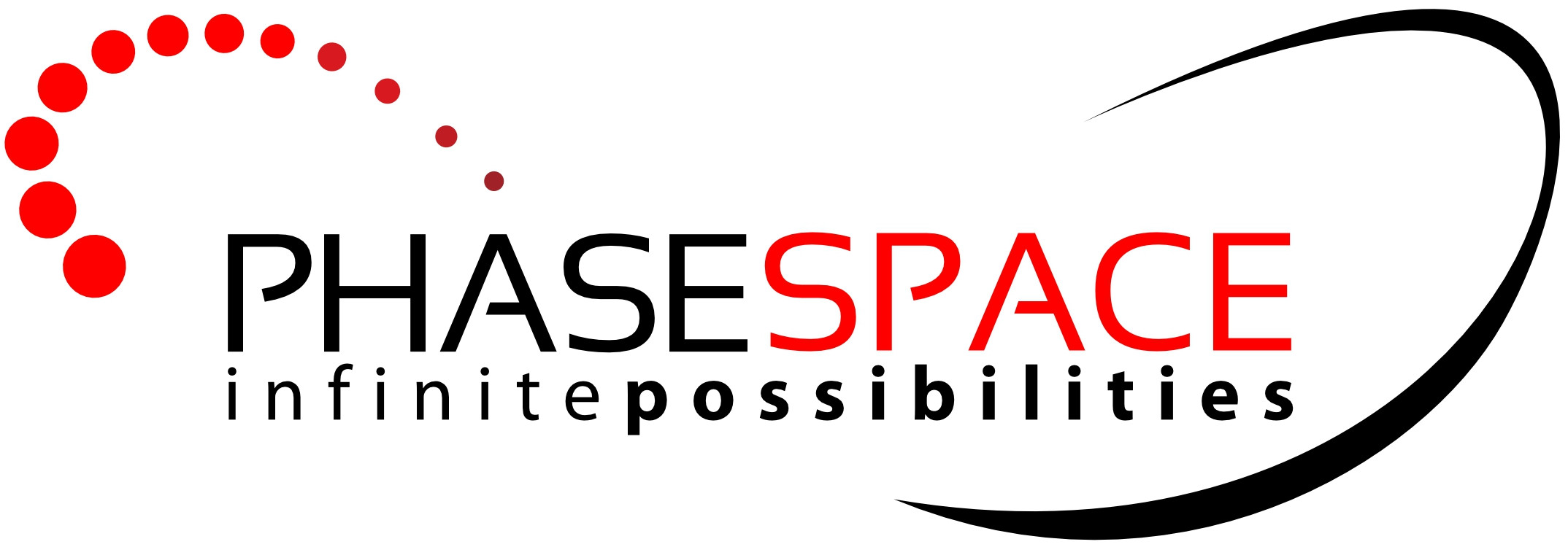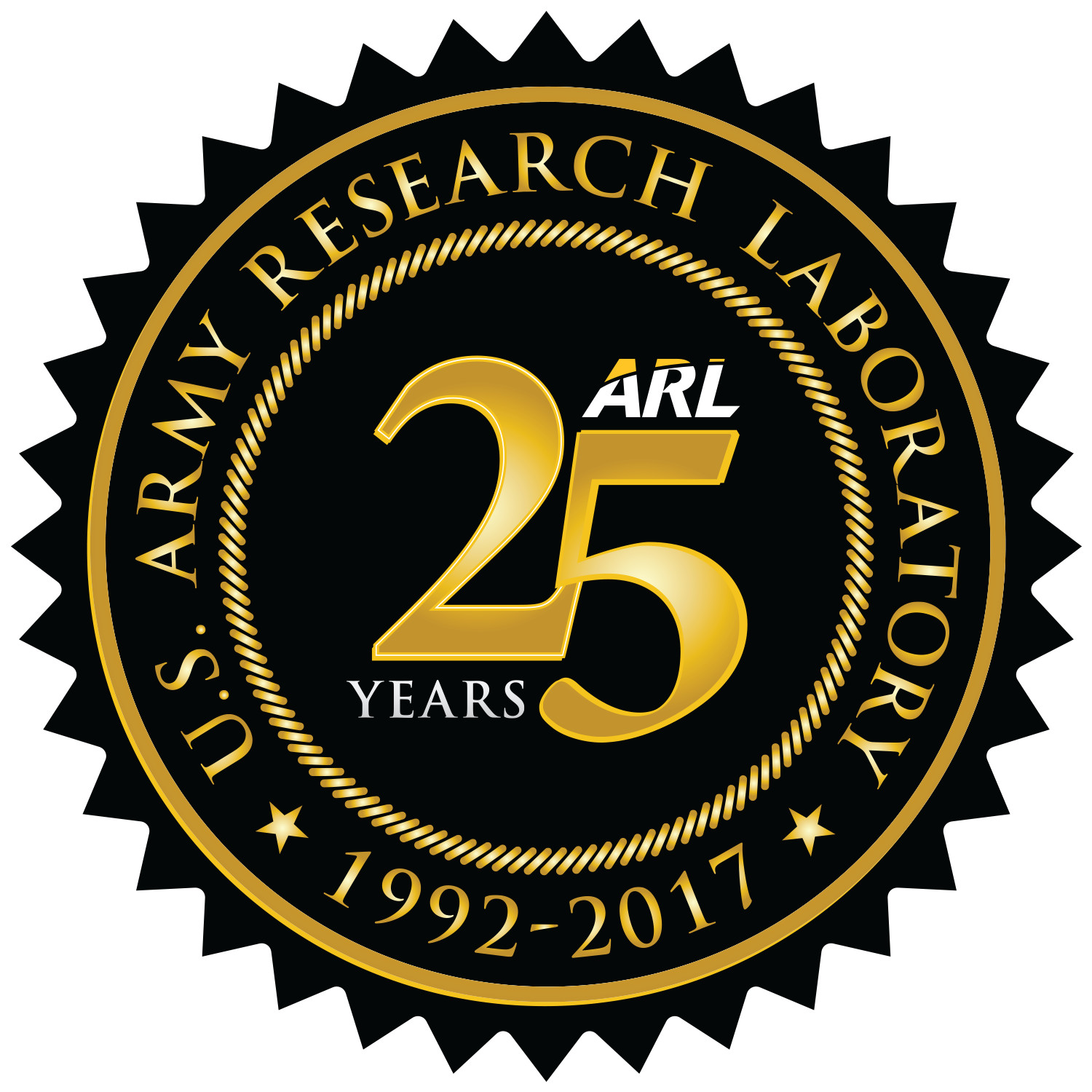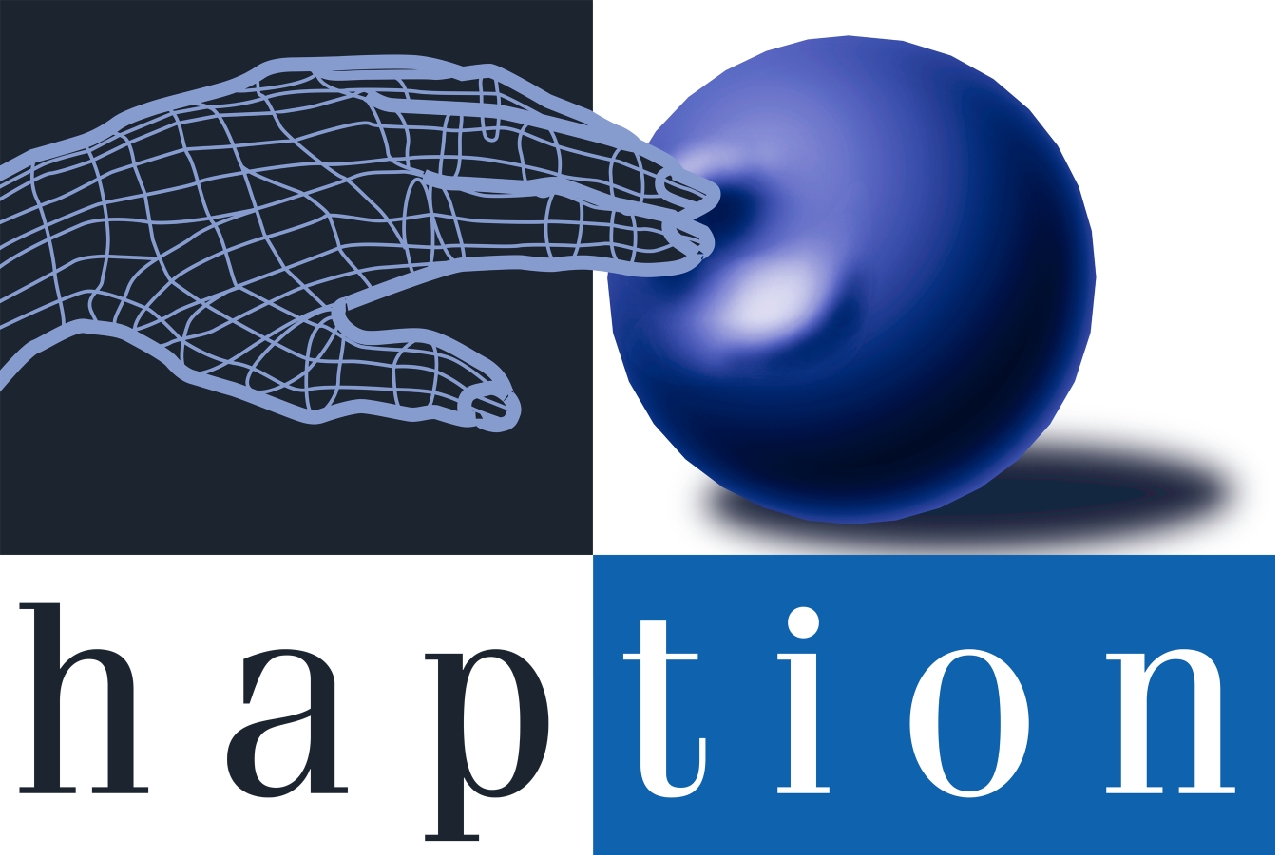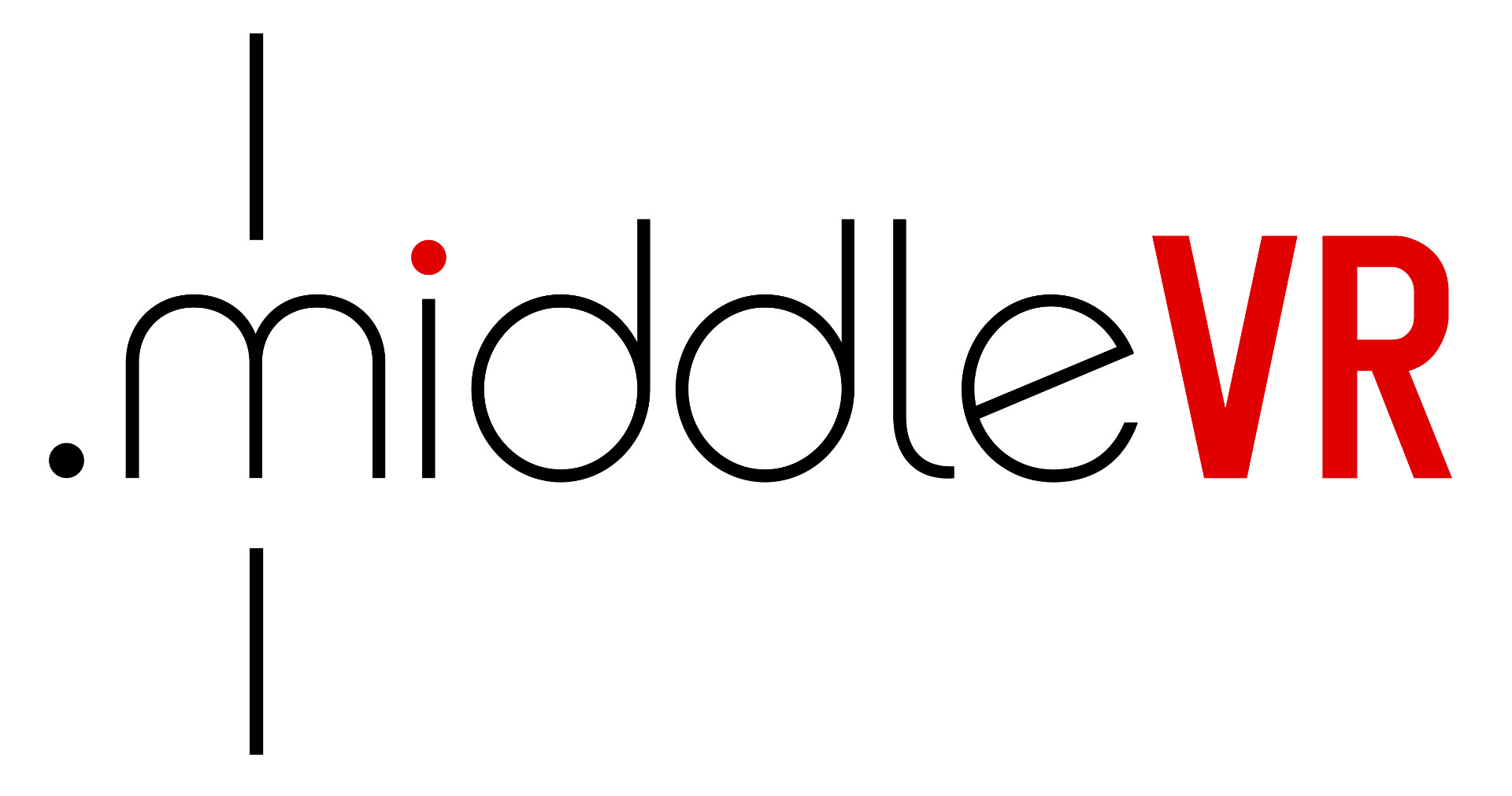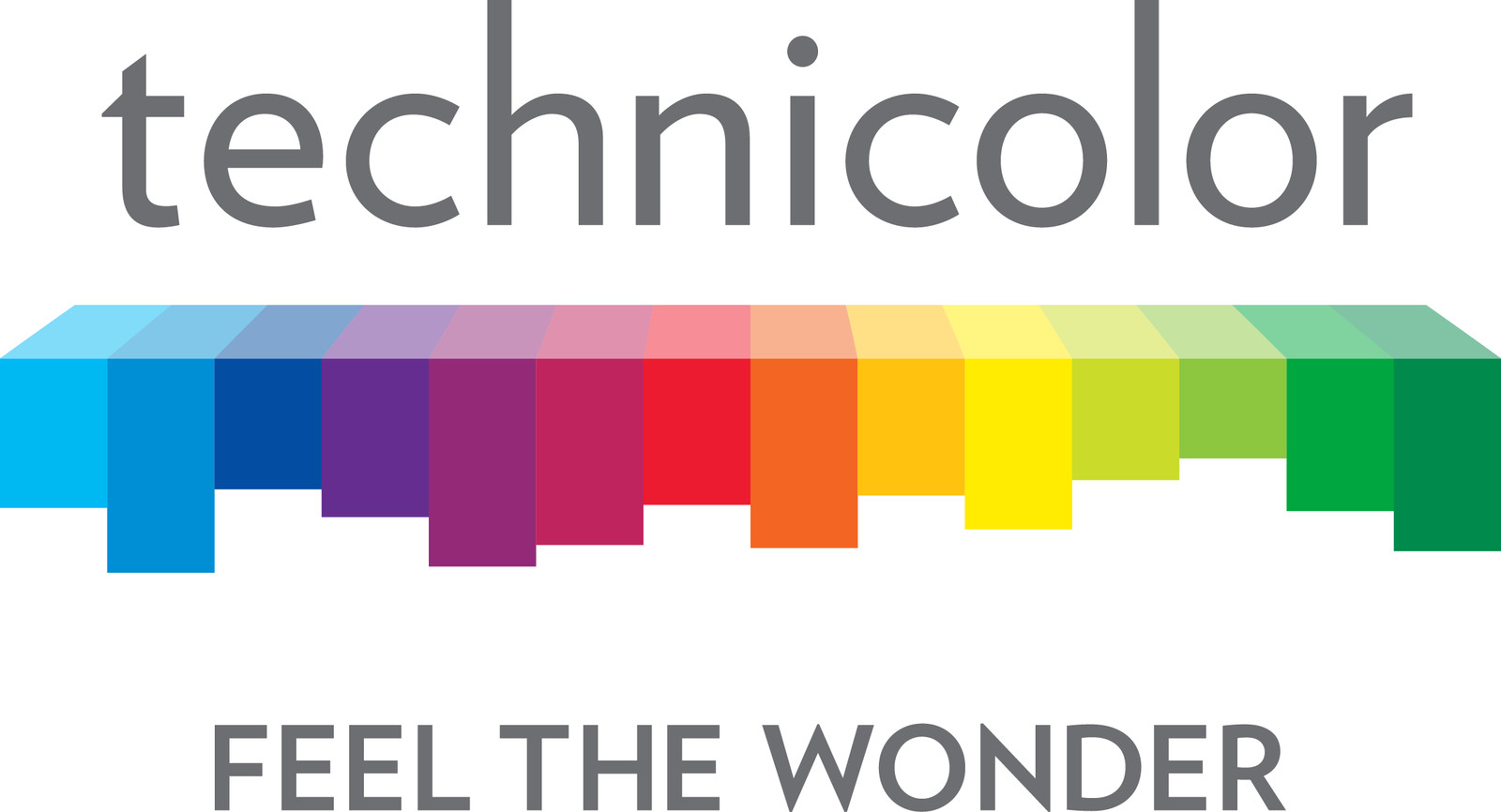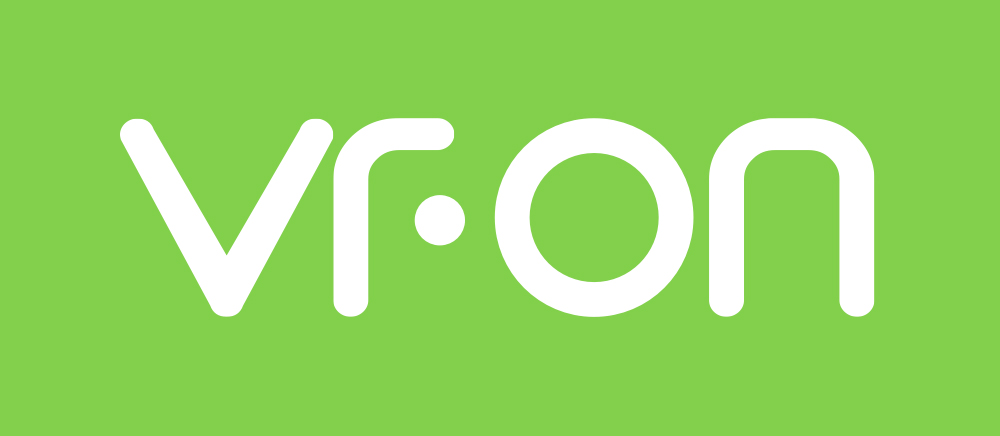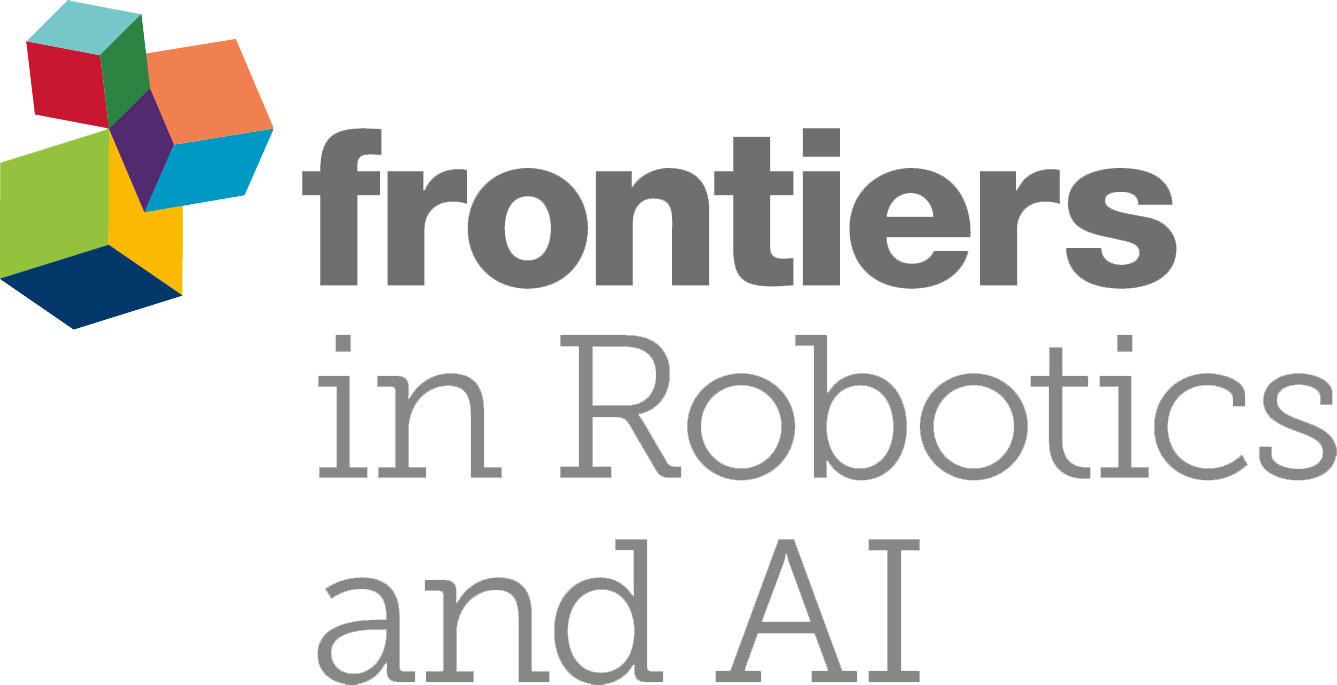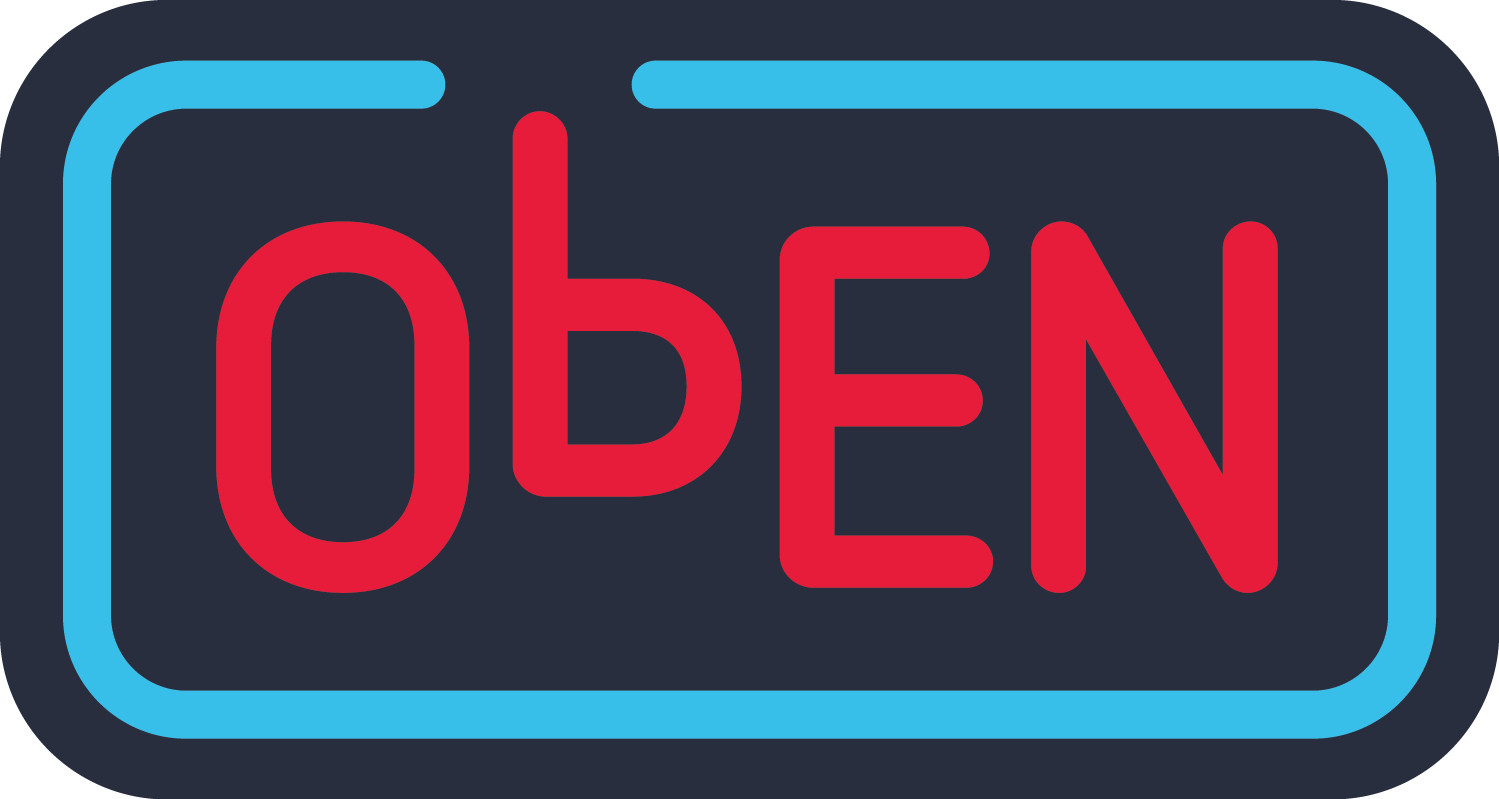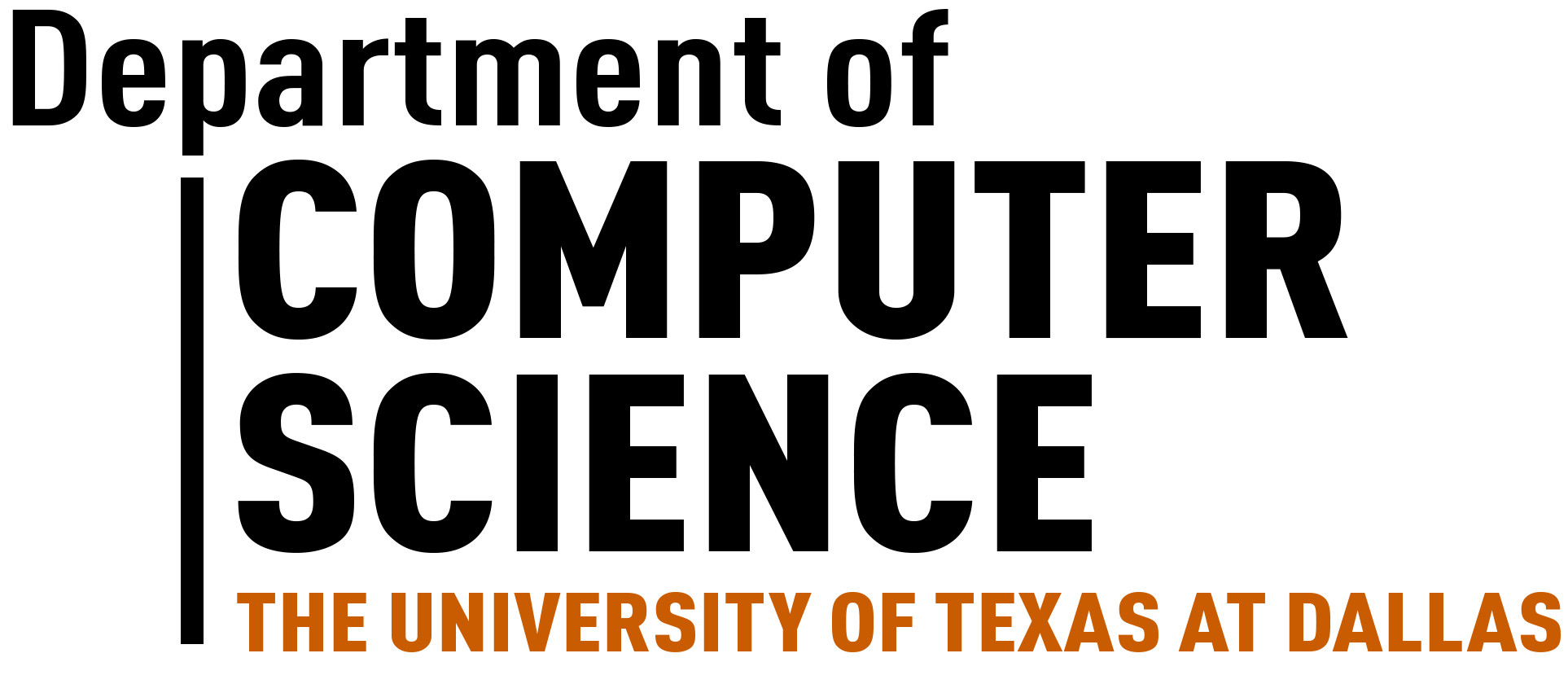Workshop on Virtual Humans and Crowds in Immersive Environments (VHCIE)
The IEEE VR 2017 Workshop on Virtual Humans and Crowds in Immersive Environments (VHCIE) is the second edition of the previous successful workshop held at VR 2016. For more information, please visit our website: https://sites.google.com/site/vhcieieeevr2017
Recently many tools, including algorithms and systems, have made it easier to populate immersive virtual environments (VEs) with autonomous characters. Today it is common to explore virtual environments that can reach the size of an entire city that can be populated by many thousands of virtual characters. Through both invited and contributed presentations, we will:
- Present state of the art character and crowd animation techniques for interactive characters. Recent developments in character animation as well as crowd animation has impressively improved the level of quality for motions, as well as computational performances. One objective of the workshop is to present how VR and immersive environments can benefit from these recent developments.
- Present some examples of new research opportunities by the availability of populated virtual environment. Populating VEs with several autonomous characters is a relatively recent advancement. What research can benefit from such capability? Our call for contributions to the workshop will explore this question. We see possibilities for socio-psychology research on crowd behaviors or treatment of social phobia. We expect presentations related to how recent technological progresses enable or facilitated such research.
- Present new research on avatars. The user is able to move and interact with virtual humans but what is the best way to represent the user to improve its experience in the virtual environment?
- Discuss technological requirements for future applications. Recent technologies and software have clearly eased the creation of populated immersive VEs. One final objective of the workshop is to gather the requirements of current users of these technologies for future applications. Do they expect better animation quality? Better rendering? Or, higher level of autonomy? What kind interactivity is expected with autonomous characters?
Finally, we expect that the workshop will provide an opportunity for researchers to develop new techniques for virtual humans and crowd, and possibly lead to new collaboration.
Location
Los Angeles, CA, USA (co-located with IEEE Virtual Reality 2017)
Date
Sunday, March 19, 2017
Topics of interest
The workshop organizers call for submissions of research papers and technical notes (4-8 pages for oral presentation) or position papers and work-in-progress research abstracts (2-3 pages) on the following topics:
- Virtual Humans (VH)
- Virtual Crowds (VC)
- Immersive populated spaces
- Interaction with VH & VC
- Multimodal rendering of VH & VC
- Virtual Reality applications to VH & VC
- Anything related to VR, VH or VC!
Submissions must be in PDF format, using the IEEE template. A committee of expert reviewers will review all submissions.
Important Dates
- Paper submission: February 10th, 2017
- Notification of acceptance: February 21st, 2017
- Camera-ready: February 28th, 2017
Submission Information
Submissions must be in PDF format, using the IEEE Template. A committee of expert reviewers will review all submissions.
Paper length:
- Research papers: 4-8 pages
- Technical notes: 4-8 pages
- Position papers: 2-3 pages
- Work-in-progress research: 2-3 pages
Papers should be submitted by email to vhcie.vr@gmail.com
Papers will be included in the IEEE Xplore library and will have unique ISBN.
Organisers
- Ming Lin, University of North Carolina at Chapel Hill, USA
- Anne-Hélène Olivier, University of Rennes 2, France
- Julien Pettré, Inria Rennes, France
